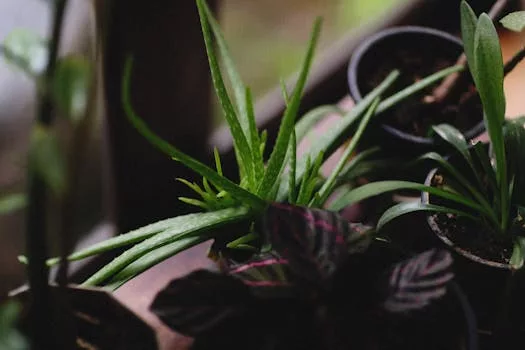
Incorporating Plants for a Vibrant, Fresh Feel
Incorporating plants for a vibrant, fresh feel is a great way to enhance the aesthetic and atmosphere of your home. Plants have the power to transform any space, making it feel more welcoming, calming, and relaxing. Not only do they add a touch of natural beauty, but they also provide numerous health benefits, from purifying the air to reducing stress and anxiety.
The Benefits of Plants in the Home
Plants are often overlooked as a crucial element in home design, but they play a significant role in creating a healthy and comfortable living space. Some of the benefits of having plants in the home include:
- Improved air quality: Plants are natural air purifiers, removing toxins and pollutants from the air.
- Reduced stress and anxiety: Being around plants has been shown to reduce stress and anxiety levels, promoting relaxation and calmness.
- Boosted mood: Plants have been found to improve mood and cognitive function, even reducing symptoms of depression.
- Improved sleep: Having plants in the bedroom can help improve sleep quality, as they promote relaxation and calmness.
Choosing the Right Plants for Your Home
With so many plants to choose from, it can be overwhelming to decide which ones to incorporate into your home. Here are some popular and low-maintenance options:
- Succulents: Perfect for busy people, succulents are easy to care for and come in a variety of shapes and sizes.
- Snake Plant: Known for its air-purifying properties, the snake plant is a popular choice for indoor spaces.
- Spider Plant: Easy to care for and great for hanging baskets, spider plants are a versatile and stylish option.
- Peace Lily: With its elegant white blooms and dark green leaves, the peace lily is a beautiful and effective air purifier.
Designing with Plants
Once you’ve chosen the perfect plants for your home, it’s time to think about how to incorporate them into your design. Here are some tips for styling with plants:
- Use a variety of textures and shapes: Mixing different textures and shapes adds depth and visual interest to your space.
- Consider the scale: Make sure the plants are proportional to the space and furniture.
- Play with heights: Using plants of varying heights creates a visually appealing and dynamic display.
- Don’t forget about lighting: Ensure your plants are receiving the right amount of light to thrive.
Maintaining Your Plants
While plants are relatively low-maintenance, they still require some care to thrive. Here are some tips for keeping your plants happy and healthy:
- Water wisely: Overwatering is a common mistake, so make sure to check the soil before watering.
- Provide adequate light: Most plants require bright, indirect light to photosynthesize.
- Fertilize regularly: Feeding your plants with a balanced fertilizer promotes healthy growth and development.
- Prune and repot: Pruning and repotting your plants helps maintain their shape and encourages new growth.






